Swiss “freeheelers” glide to telemark success
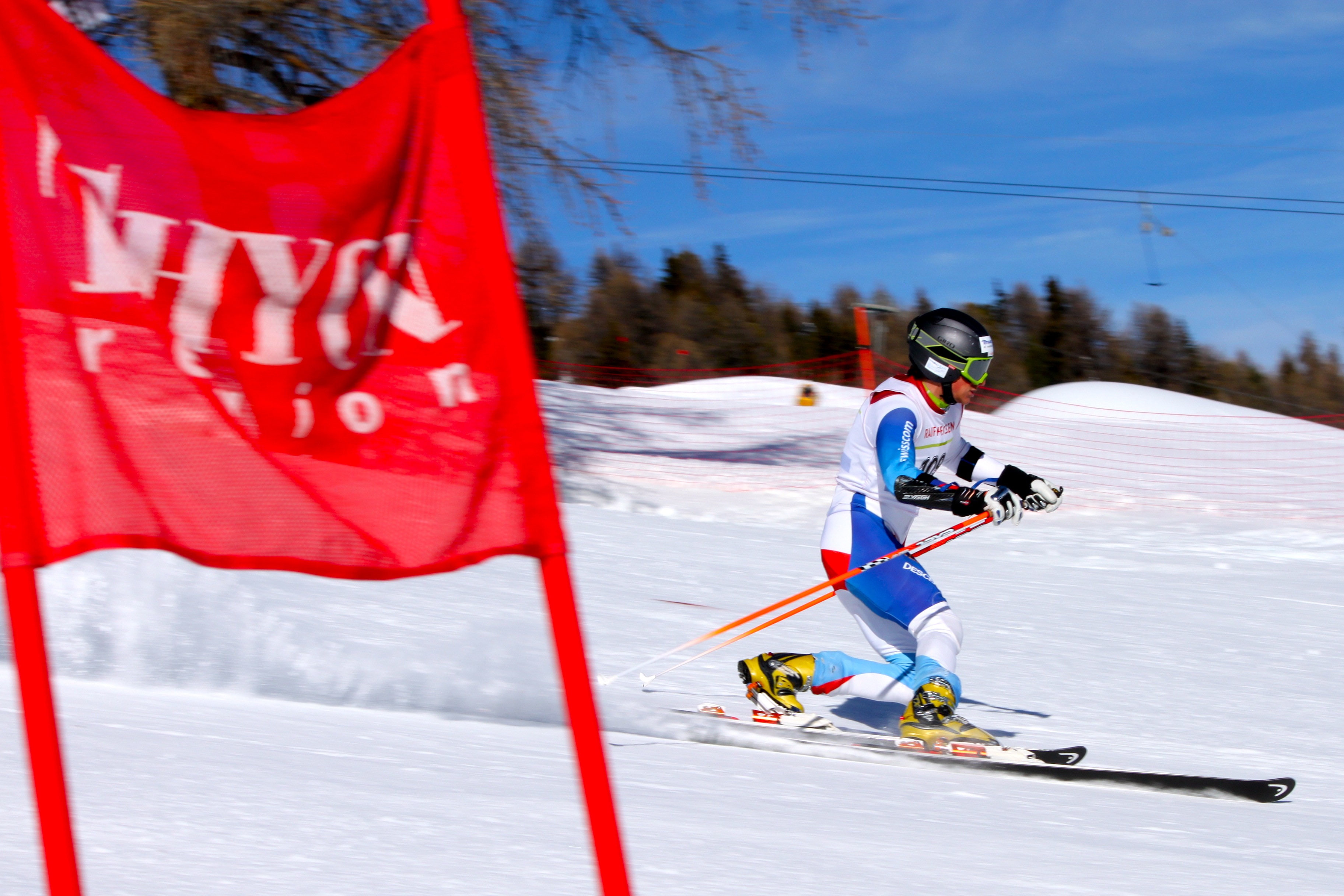
Telemark skiing, the graceful retro “free heeling” technique, is enjoying a revival in Switzerland and other parts of the world.
Swiss elite telemarkers like Amélie Reymond and Bastien Dayer currently rank among the best in the world. The Swiss ski federation and telemark fans hope to see the discipline become a permanent fixture at future Winter Olympics.
Telemarking has its roots in Norway, where it was started by Sondre Norheim in the 1860s. Since the 1970s the sport has enjoyed a back-to-basics revival in North America, Scandinavia and the Alps, and continues to grow.
It is not unusual – or difficult – to spot telemarkers on Swiss slopes, curtseying their way down the mountain as they glide each foot forward into the turns. They were out in force last week at the Valais resort of Thyon, which hosted two World Cup telemark races.
Bastien Dayer, who started telemarking at the age of ten, is head-over-heels about the sport’s “unique sensations”, which he says are incomparable with traditional alpine skiing.
“You are closer to the snow, and as soon as you learn the basic technique you can really have fun in powder and on moguls,” said the twenty-five-year-old, who won a World Cup “Classic” race in Méribel, France, on February 7.
Amélie Reymond, 23, also from Valais, says she loves the different demands of telemark competitions, which include various disciplines. A “Classic” telemark race, for example, involves a super-giant slalom section, a giant slalom section, a 360-degree turn, an uphill sprint and a spectacular 25-metre jump.
Reymond is currently in a telemark class of her own. Last year she won 22 out of 23 World Cup races and this winter season she looks set to do equally well with eight victories out of eight so far.
She regularly beats her nearest rival, Sandrine Meyer, from Geneva, by large margins and would rank among the top 10-15 male racers if her results were compared.
“This is the answer to all those who still belittle telemark skiing,” said Urs Lehmann, the president of Swiss Ski. “Show me girls who are capable of doing the same kind of thing in alpine skiing or in other disciplines. It’s quite exceptional.”
Reymond, who studies sport science at Zurich’s Federal Institute of Technology, is the only Swiss athlete who focuses almost one hundred per cent on telemarking.
Her intense physical preparation helps make a huge difference in the skating section of a race.
The delicate young racer says she never fixes any particular objective and “takes each race as it comes”.
Olympic dreams
But you can sense the dream of competing in the Olympics has taken root in her mind.
“I hope telemarking will one day have its place in the Olympic Games. But I am conscious that there are plenty of other disciplines with similar ambitions,” she said.
Telemark skiing will be an observer sport at the 2014 Sochi Games in Russia.
Lehmann hopes it may gain official status in 2018.
“Before the 2010 Vancouver Olympic Games practically no one had heard of ski-cross. TV viewers were then able to see how attractive it was. Telemarking will have the same impact,” he said. “If all goes to plan Switzerland will bring home telemark medals.”
Dayer is more guarded: “Since the Turin Games in 2006 we’ve heard all kinds of arguments for and against it gaining Olympic status. I prefer not to think about it and just focus on my races.”
Money matters
Becoming an Olympic sport would certainly help telemarking gain media and sponsor attention. Dayer, who receives some financial backing from Thyon ski resort, is obliged to work to support his passion, while Reymond manages to survive with help from sponsors and Swiss Ski prize money.
“To make ends meet I really have to win lots of races. I’m the only one in this situation in Switzerland,” she explained.
Funds for telemarking are much more limited than for alpine Nordic skiing.
“The performances of our athletes are increasing interest for this sport. We hope this will attract sponsors to then develop infrastructure,” said Lehmann.
But the telemarkers are keen that money matters do not cause tensions with their big alpine brothers.
“For us it’s important that alpine skiing works well as we benefit from part of the income it generates,” said Reymond. “At the same time telemark skiing gives the federation a few more medals and World Cup globes to add to its annual report. That’s our contribution.”
Telemark skiing was invented in 1868 by Sondre Norheim, a carpenter from Telemark in Norway. His technique of fluid turns, leading the turn with the outside ski while trailing the inside ski, soon dominated skiing. But newer techniques based on the stem turn gradually replaced telemark. In the 1970s telemarking started to enjoy a revival in North America, Scandinavia and the Alps.
There are various telemark racing disciplines: telemark giant slalom, which is similar to giant slalom but includes a jump marked for style and distance; telemark classic – a super-giant slalom section, a giant slalom section, a 360-degree turn, an uphill sprint and a spectacular 25-metre jump; telemark sprint classic – the same as giant slalom but with a 360-degree turn and a short cross-country section; and mountain telemark in unprepared snow.
During a race, a competitor receives a one-second penalty if they do not respect the proper traditional telemark technique when passing a gate. Penalties are also attributed for not respecting minimum jumping distances.
(translated from French by Simon Bradley)

In compliance with the JTI standards
More: SWI swissinfo.ch certified by the Journalism Trust Initiative
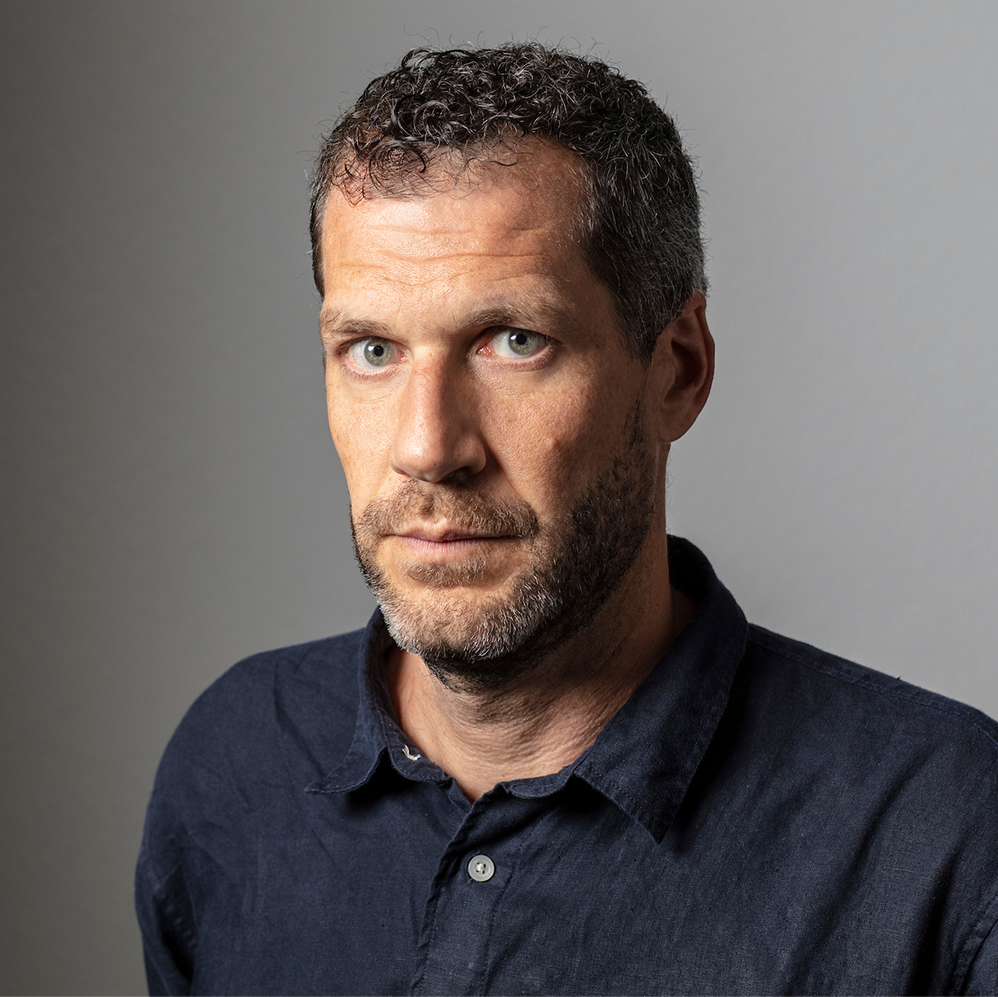



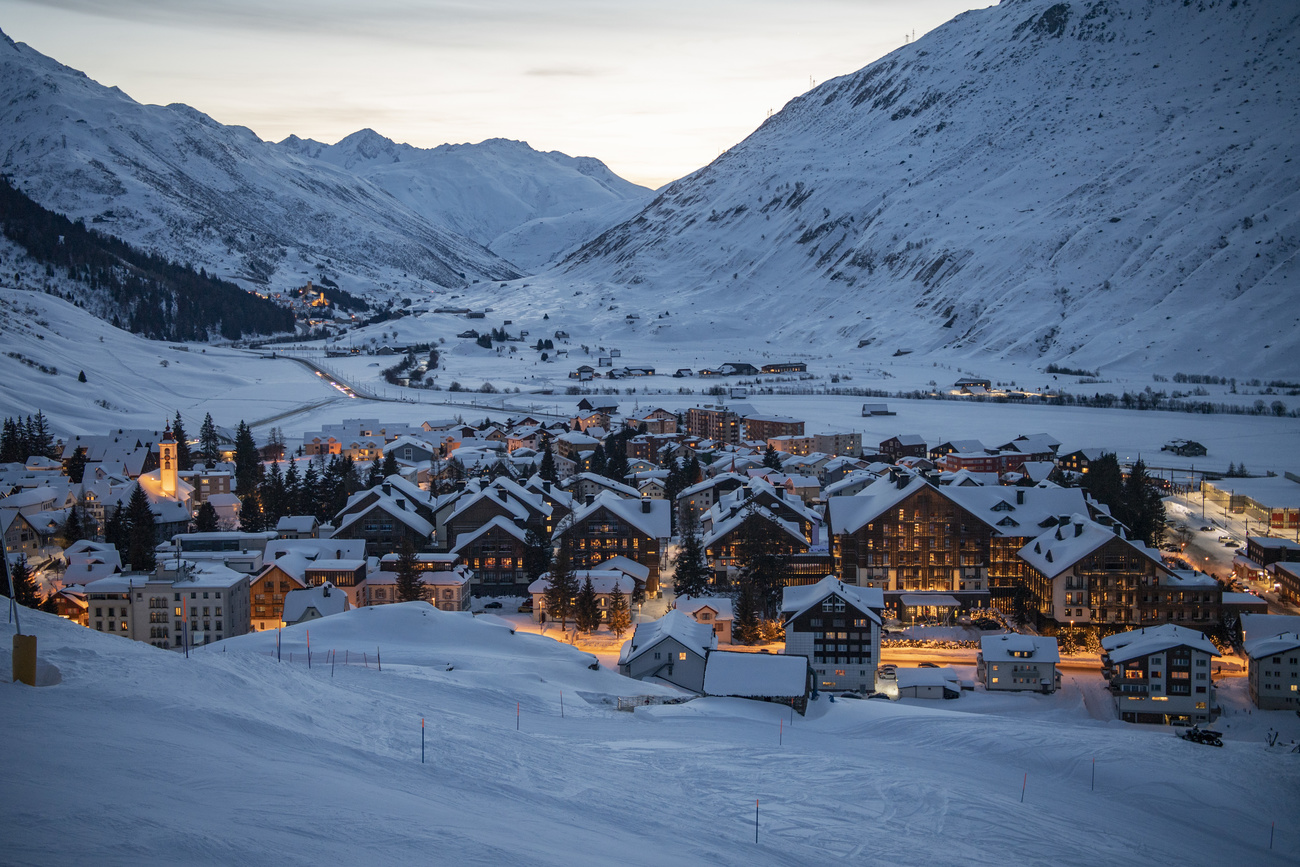
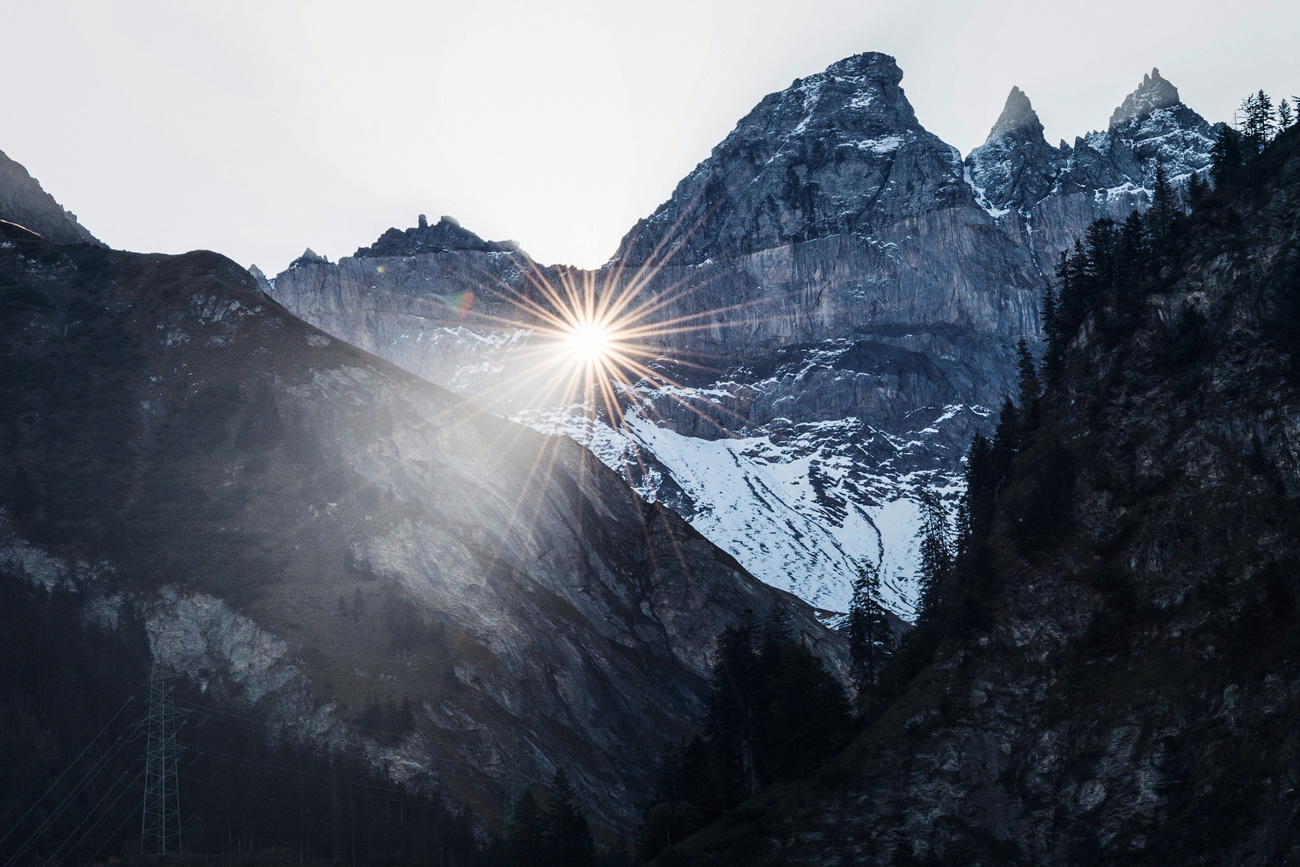







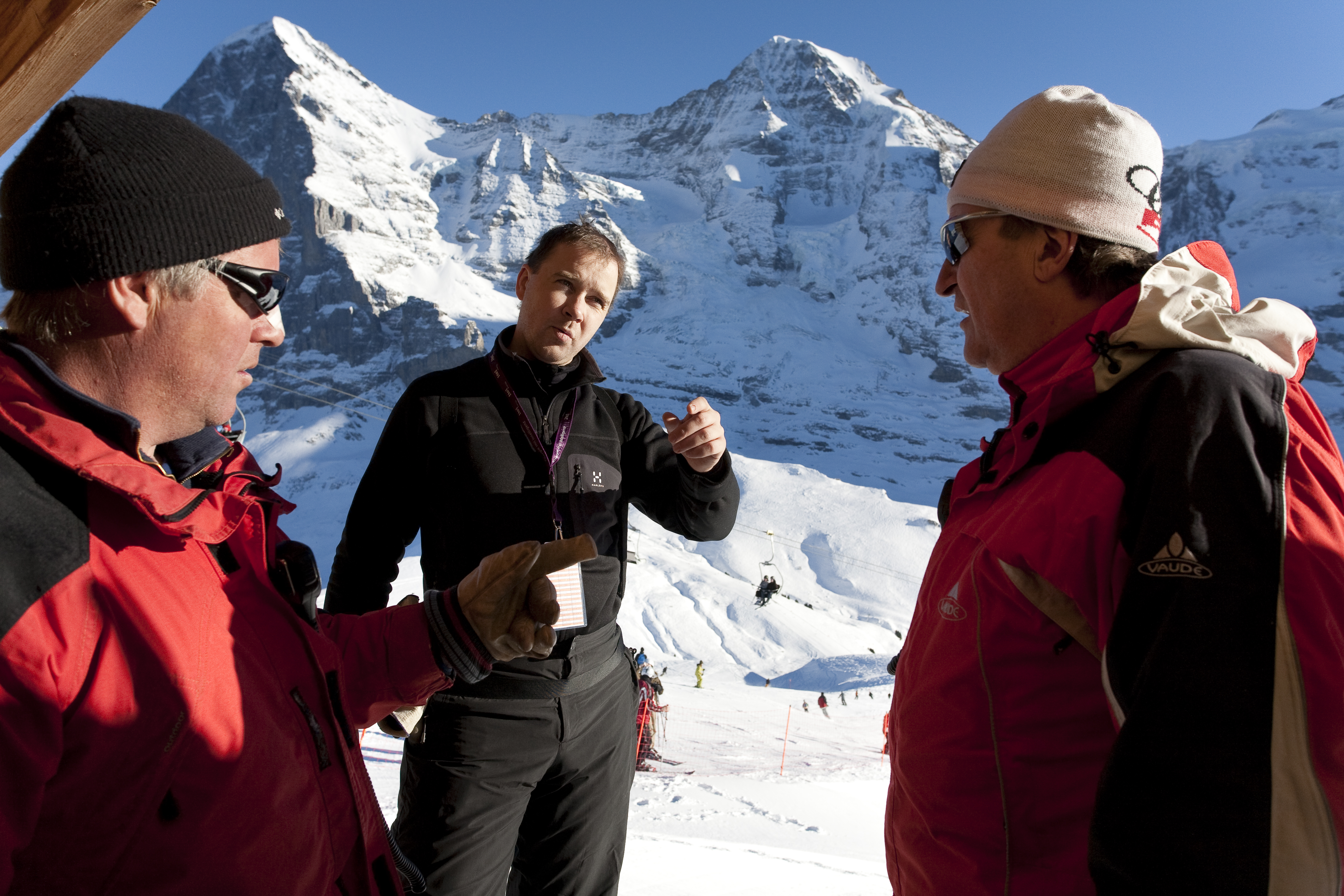


You can find an overview of ongoing debates with our journalists here . Please join us!
If you want to start a conversation about a topic raised in this article or want to report factual errors, email us at english@swissinfo.ch.